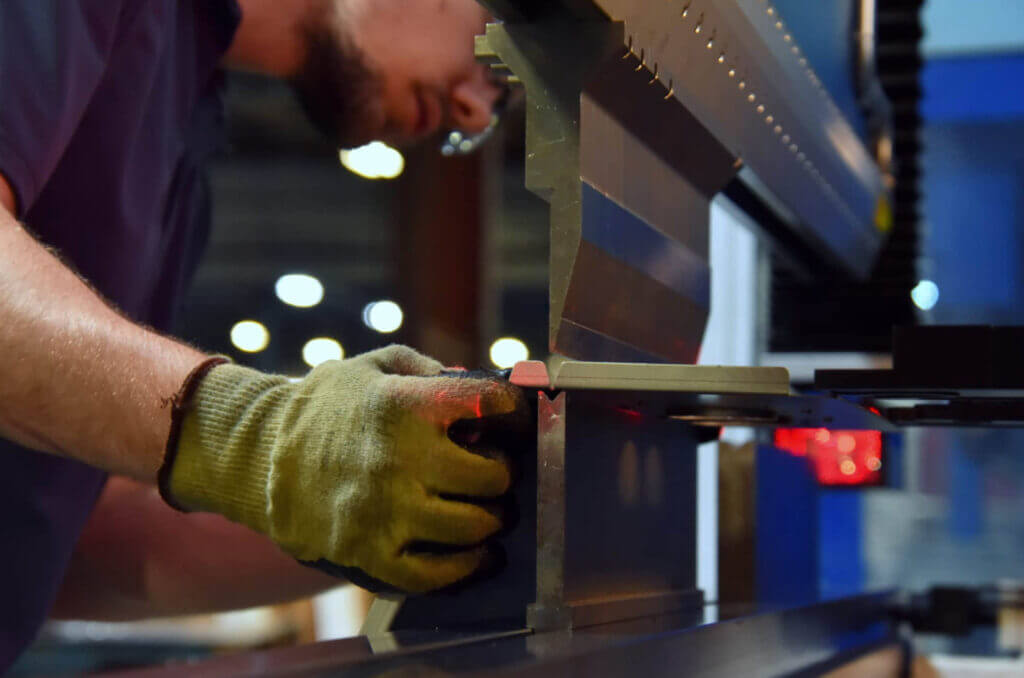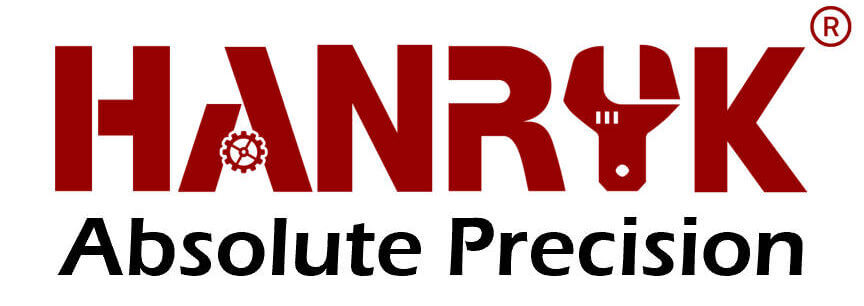为您的项目选择正确的钣金制造技术:流程、优点和缺点的概述
- by Hanryk® Team
- December 30, 2021
Sheet metal fabrication is a versatile manufacturing process that involves shaping and forming thin metal sheets into various parts and components. There are several techniques for sheet metal fabrication, each with its own advantages and disadvantages. In this article, we’ll provide an overview of the most common sheet metal fabrication techniques and how to choose the right one for your project.

Section 1: Overview of Sheet Metal Fabrication Techniques
- 激光切割件: Uses a laser to cut precise shapes into metal sheets. Good for intricate designs and high-volume production.
- Plasma Cutting: Uses a plasma torch to cut through metal. Fast and cost-effective, but may not be as precise as laser cutting.
- Waterjet Cutting: Uses a high-pressure jet of water and abrasive material to cut through metal. Good for thicker materials and materials that are sensitive to heat.
- Bending and Forming: Uses a press brake to bend and shape metal sheets. Versatile and good for creating different shapes and angles.
- Rolling: Uses a rolling machine to shape metal sheets into cylinders or cones. Good for producing pipes, tanks, and other curved shapes.
- Stamping and Punching: Uses a stamping or punching machine to create patterns or holes in metal sheets. Good for mass production and consistent results.
Section 2: Pros and Cons of Sheet Metal Fabrication Techniques
- 激光切割件: Pros – high precision, fast and consistent results, good for complex designs. Cons – high cost, limited to thin sheets of metal.
- Plasma Cutting: Pros – fast and cost-effective, good for thick metal sheets. Cons – may not be as precise as laser cutting, may produce rough edges.
- Waterjet Cutting: Pros – good for sensitive materials, versatile. Cons – slower than other cutting techniques, may produce a wider kerf.
- Bending and Forming: Pros – versatile, good for creating different shapes and angles. Cons – may produce inconsistent results if not done properly.
- Rolling: Pros – good for producing curved shapes and cylinders. Cons – limited to certain shapes and sizes, may produce inconsistent results if not done properly.
- Stamping and Punching: Pros – good for mass production and consistent results. Cons – limited to certain patterns and designs, may not be suitable for more complex shapes.
Section 3: Choosing the Right Sheet Metal Fabrication Technique
Consider the size and thickness of the metal sheet you need to work with, as well as the desired shape and design.
Think about the volume of production you require and the time and cost constraints of your project.
Consider the tolerances and quality control requirements of your project, as well as any finishing or surface treatments that may be required.
Evaluate the pros and cons of each sheet metal fabrication technique in light of your specific needs and constraints.
Conclusion: Sheet metal fabrication is a versatile process that offers several techniques for producing high-quality parts and components. By understanding the pros and cons of each technique and considering your specific project requirements, you can choose the right sheet metal fabrication technique to achieve the best results for your project.

